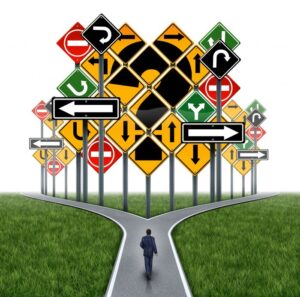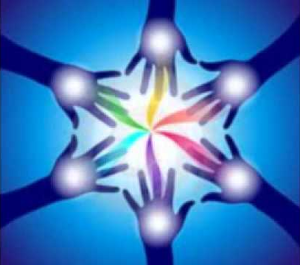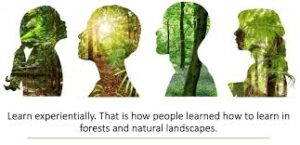Everyone has an “inner life,” whether they acknowledge it or not. All of us are involved in the great dramas and subliminal activities of the underworld of human consciousness. Memories of these experiences are carried out with us from sleep and we my marvel at the peculiar symbols of this material. Yet this non-physical universe is ALWAYS ON, despite our knowing or unknowing of its reality.
In our waking hours, as we go about our work-a-day world behaviors, this unknown reality of the spirit continues to unfold beyond our physical senses. Indeed, it is this etheric counterpart to our physical reality that lives life to our “normal” waking hours perceptions. The two work together, in other words – the waking and the sleeping times realities – to present to us for our edification, the life lessons we have incarnated to learn.
Now, to get a sense for this complementary non-physical reality, all we must do is present a line of inquiry to oneself, while in a relaxed and open state of mind. This non-physical reality is “waiting in the wings,” to enter into our particular life-drama that we are experiencing.
As I have hinted at in these new blogs, most of us who are reading this material are doing so for a purpose; that is, to catalyze the use of our Inner Senses. In this way, we will be receiving a preview of what is to be humanity’s next perceptual breakthrough – an exploration of the Unity of Consciousness Dimension.
So our inner world will be making itself known to the outer, in a way never before experienced by humankind. And we have the opportunity of learning about this new land beforehand, so that if we feel called upon to do so, we may assist in the awakening of others. Now let us speak of the creation of the new realities that will bridge inner to outer worlds.





































































